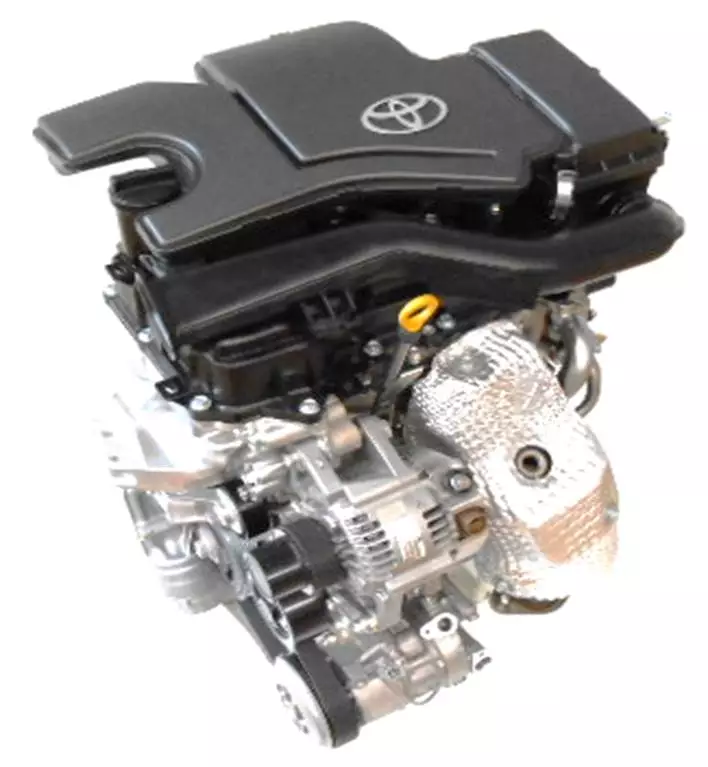Toyota has announced the development of two hyper-fuel-efficient small-displacement petrol Atkinson cycle engines: a three-cylinder 1.0-liter and four-cylinder 1.3-liter which will be introduced across the range from next year in 14 different variations. The smaller engine will deliver 78 mpg (US) in the Toyota Aygo, an improvement of 30 percent.
The fuel-efficiency of the one-liter engine in particular is remarkable. The engine it will replace won the One liter category of the International Engine of the Year awards four years in a row from 2007-2010.
At this year's Geneva Motor Show just a month ago, a revised version of the award-winning three-cylinder 1.0-liter engine was announced as the powerplant for the new Aygo.

Numerous tweaks were used on the reengineered engine such as a higher 11.5:1 compression ratio, an improved combustion chamber design, reduced frictional losses and a weight reduction courtesy of a cylinder head with a built-in exhaust manifold.
With all these changes, the unit's fuel economy had been reduced to 3.9 l/100 km (60 mpg US) at the same time as more power (68bhp – 51kW @ 6,000rpm) and more torque (95Nm @ 4,300rpm).
Now the new improved unit will be replaced again with an Atkinson Cycle engine of the same three-cylinder, 1.0-liter layout, which it has jointly developed with Daihatsu.
Though Toyota has previously used Atkinson cycle engines in its hybrids, it's the first time that the Atkinson design will be used as a stand-alone unit, and Atkinson Cycle engines aren't known for their low- and mid-range torque, but Toyota claims it has addressed this issue with a number of innovations.

These innovations include a reshaped intake port designed to generate a strong tumble flow (whereby the air-fuel mixture flows in a vertical swirl) inside the cylinder, and a cooled Exhaust Gas Recirculation (EGR) system, Toyota's Variable Valve Timing intelligent Electric (VVT-iE) technology, an idling-stop function, high compression ratio and various unnamed fuel consumption reduction technologies.
The end result is a maximum thermal efficiency of 37 percent and a fuel efficiency improvement of "approximately 30 percent over current vehicles" – that's the difference between 60 mpg (US) and 78 mpg (US) and it's an astonishing improvement.

Toyota Aygo owners prize the car for its performance at the petrol pump, not the traffic light Grand Prix, and the Aygo is largely purchased for use in tight, congested, urban roads. The appeal of the Aygo and the other compact Toyota vehicles which will use the unit will be greatly increased.
The Japanese manufacturer plans to introduce 14 variations of the 1.0-liter three-cylinder and its 1.3-liter four-cylinder bigger brother by 2015.

The larger 1.3-liter Atkinson cycle engine uses a high compression ratio (13.5) and all the same engine innovations to achieve thermal efficiency of 38 percent. The efficiency results in the 1.3-liter engine aren't quite as spectacular as the one-liter engine but fuel efficiency gains of approximately 15 percent have been realized by comparison with current vehicles.







